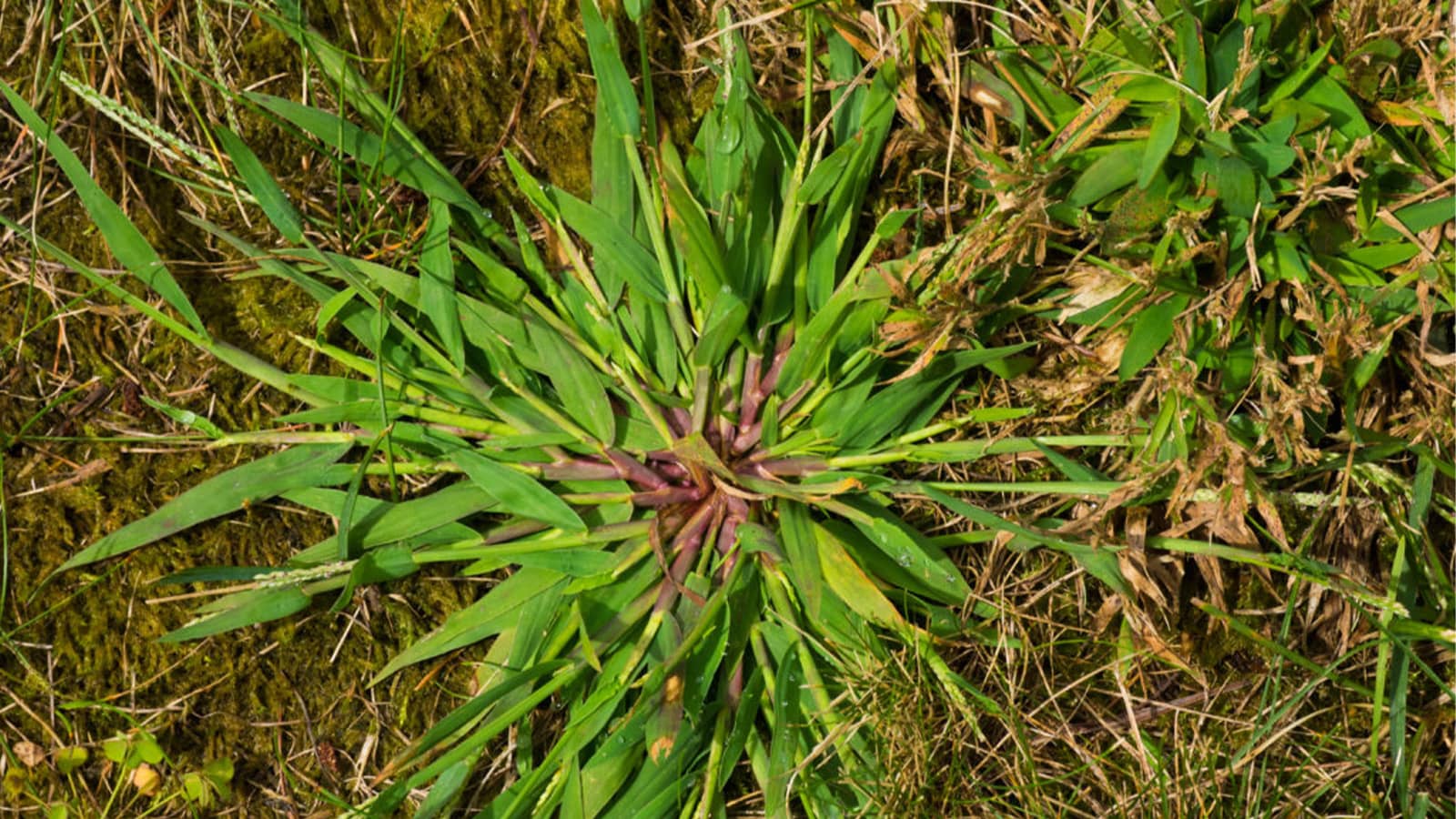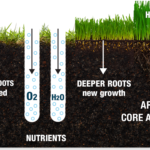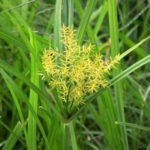How does crabgrass work?
Once crabgrass gets started in your lawn, that coarse, super tough weed can spread like wildfire, and seem like it never dies! However, unlike most of the weeds in your lawn, crabgrass is actually an annual weed. It is a warm season weed that pops up in the Summer, and begins to die after the first frost of the Fall.
So how does crabgrass come back so strong every season? While crabgrass is dead during the winter, it does all of its dirty work during the warm season, producing about 150,000 seeds per plant. The plant will drop all of these seeds, and they will wait in your lawn until the temperatures get right to begin germinating next season, growing more plants. These seeds need the soil temperature to be around 55 degrees to begin germinating. This isn’t a light switch that means every single seed will germinate the first day the soil reaches 55 degrees. It just begins the process of those seeds germinating. Once the plants have begun growing, now amount of mowing or chopping can stop them. Crabgrass is a very hearty weed that can withstand the hottest of temperatures, and the greatest of torture. Take notice this Summer when you walk around, you will notice crabgrass growing in some of the harshest conditions and wildest places like in between cracks in sidewalks and in the middle of parking lots.
How do you prevent crabgrass and win the fight?
There is one effective way to fight against crabgrass. Because those seeds are waiting to germinate until the soil reaches 55 degrees, you can apply a pre-emergent product that will act as a wall or barrier to prevent those seeds from successfully growing. This pre-emergent works just like it sounds. Once the seed has germinated, the pre-emergent herbicide will prevent the seed from being able to emerge from the soil. It creates a chemical barrier that kills the plant at the source. The timing of this pre-emergent is important. You want to apply the first round of pre-emergent before the temperatures have had a chance to reach that key temperature mark of 55 degrees. This will allow time for the pre-emergent to take action.
At Warren Lawn, we have a lawn program that will help you fight against crabgrass. We like to apply two rounds of this pre-emergent product in the Spring, to make sure we get the best control possible on crabgrass, and any other grassy weeds that would want to pop up in the warm season. The first round is applied long before soil temperatures are optimal for crabgrass, and then we also apply a second round of pre/post-emergent control. This will continue the pre-emergent action, but will also help control any of those seeds that may have slipped by and had the chance to germinate after the 55 degree mark.
Is it possible to stop every single one of those thousands of seeds from emerging? No, it is nearly impossible to stop every single seed from germinating and growing into a new weed. Because of this, there are also post-emergent herbicide products that have a special mode of action to kill and/or severely injure crabgrass plants after they have started growing. There are a few herbicide products that are selective herbicides, meaning they are selected with a special ingredient that will have the best effect on crabgrass. Your average, run of the mill herbicide that is meant for most broadleaf weeds will not have any effect on crabgrass. You must use a product that contains some form of quinclorac. This is the active ingredient within the herbicide that helps kill the plant. Using a post-emergent herbicide is not the most effective mode of action used all by itself, but when it is paired with the pre-emergent’s that get applied in the Spring, you have the best plan of action to take, on winning the war on crabgrass.
When crabgrass threatens your lawn, it is important to take the correct steps at the correct time in order to get a hold on it, otherwise it can spread like crazy. At Warren Lawn, we are committed to helping you win the fight against crabgrass. Get in touch with us today at www.warrenlawn.com/contact so we can help you stand strong against crabgrass and other grassy weeds.



